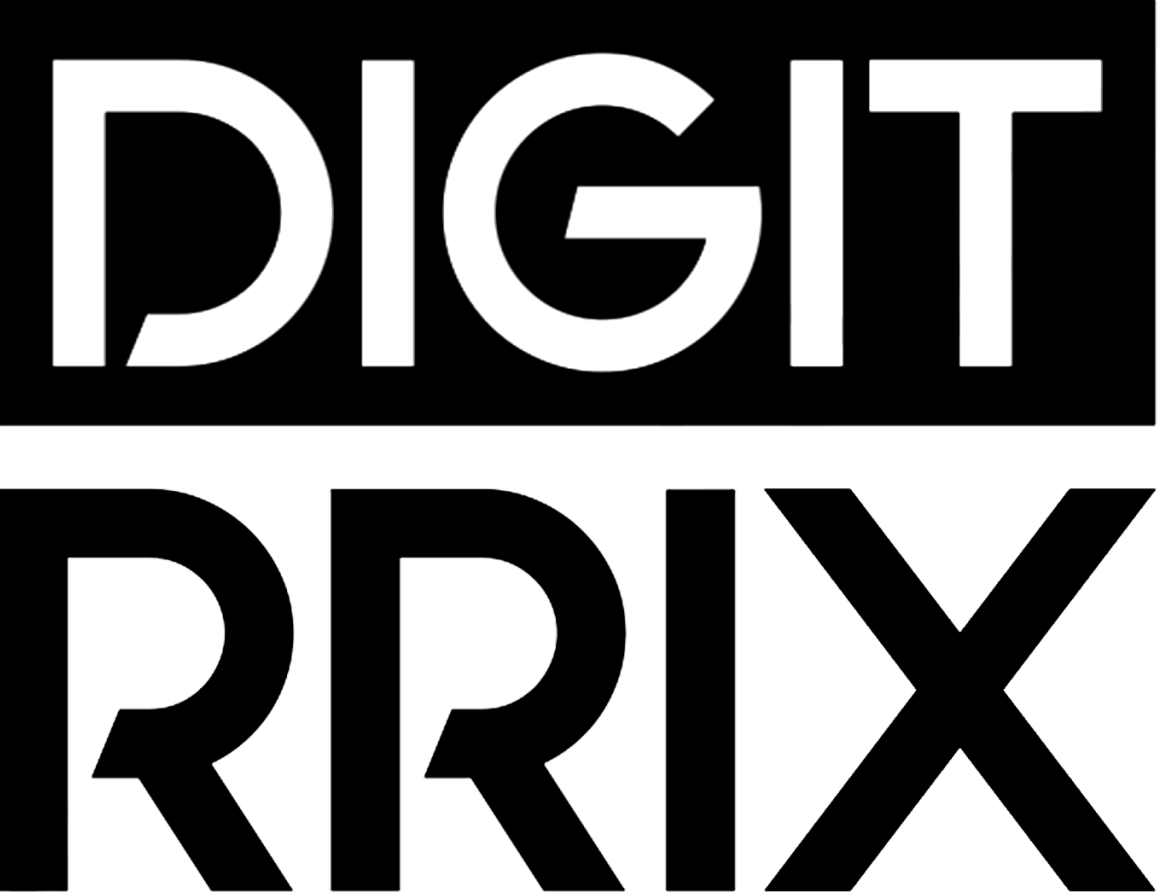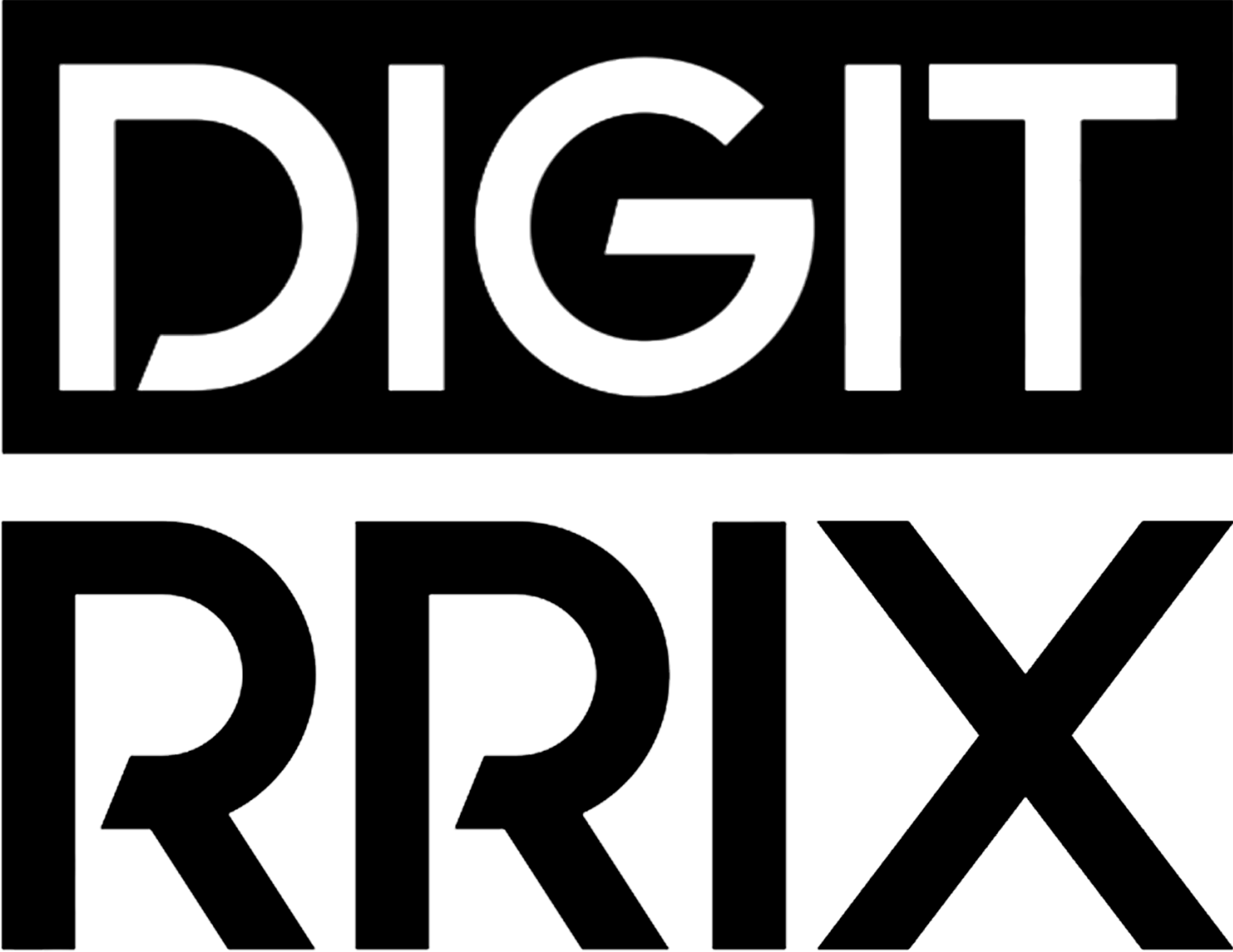
Enhancing Collaboration: The Role of Software Services in Teamwork
In today’s agile work environment, effective teamwork is more crucial than ever, and businesses are increasingly turning to technology to enhance collaboration. Collaboration Software plays a pivotal role in streamlining communication and improving project management among team members. By leveraging the right tools, organizations can foster real-time communication, boost productivity, and support remote workers, all while seamlessly integrating these solutions into existing workflows. As we explore the key features and benefits of collaboration software, we’ll also highlight its impact on team performance and look ahead at future trends that promise to shape the landscape of teamwork. Join us as we dive into the transformative power of technology in facilitating successful collaboration.
Understanding Collaboration Software: Key Features and Benefits
In today’s fast-paced and increasingly interconnected business environment, Collaboration Software has become a cornerstone for effective teamwork. This technology not only fosters seamless communication but also enhances workflow efficiency across various projects. By understanding its key features and benefits, organizations can harness the full potential of these tools to create a more cohesive and productive team atmosphere.
Key Features of Collaboration Software:
- Real-Time Communication: Instant messaging, video conferencing, and voice calls allow teams to connect immediately, reducing delays inherent in email communication.
- File Sharing and Collaboration: Simplified document sharing capabilities enable team members to work on the same files simultaneously, ensuring everyone has access to the latest information.
- Task Management: Built-in task assignment features help distribute responsibilities efficiently while allowing for tracking and updates that keep everyone informed.
- Integration Capabilities: Most collaboration platforms integrate with popular productivity tools, such as project management apps and calendars, ensuring a streamlined workflow.
- User-Friendly Interface: Intuitive designs make it simple for team members of all tech-savviness levels to utilize the software effectively.
Benefits of Collaboration Software:
- Increased Productivity: By offering centralized communication and task management, teams can achieve more in less time, minimizing the need for back-and-forth emails.
- Enhanced Team Morale: By facilitating open lines of communication and ensuring everyone has a voice, team spirit and morale can significantly improve.
- Flexibility for Remote Work: With the rise of remote and hybrid working environments, these tools allow team members to connect and collaborate from any location, maintaining productivity regardless of physical distance.
- Improved Accountability: Clear task assignments and deadlines enable team members to own their responsibilities, leading to more accountability and project success.
By leveraging Collaboration Software, organizations can drive better team dynamics, boost productivity, and ensure that every member contributes to shared goals effectively. The comprehensive features and distinctive benefits provided by these tools make them essential in optimizing teamwork in both traditional and modern work settings.

The Importance of Real-Time Communication in Teamwork
In today’s fast-paced work environment, real-time communication has emerged as a cornerstone for effective teamwork. Teams that leverage immediate interaction tools find that their collaboration reaches new heights. This dynamic approach eliminates the lag associated with traditional communication channels, such as emails and memos, allowing for quicker decision-making and problem-solving.
One significant advantage of real-time communication is enhanced engagement among team members. When employees can interact instantly—whether through chat applications, video conferencing, or collaborative platforms—they feel more connected and valued. This immediacy leads to improved morale and boosts creativity as ideas can be exchanged fluidly, transforming brainstorming sessions into productive discussions.
Moreover, real-time communication greatly facilitates diverse teams. Geographically dispersed members can share updates, provide feedback, and align their efforts seamlessly, bridging time zones and distances. For organizations, this means less room for misunderstanding or misalignment, as team members can clarify their thoughts and intentions on the spot.
Another crucial aspect is responsiveness. In high-stakes environments where timely decisions carry weight, the ability to communicate in real-time allows teams to respond effectively to urgent issues. This not only accelerates project timelines but also enhances overall team performance by fostering a culture of accountability and proactivity.
By integrating effective real-time communication tools within their workflows, companies witness not just an increase in collaboration efficiency but also a stronger team dynamic. Utilizing Collaboration Software that prioritizes instant communication can elevate teamwork, enabling organizations to adapt quickly to changes and challenges in the business landscape.
Boosting Productivity with Task Management Tools
In today’s fast-paced work environment, maximizing productivity is essential for teams striving to meet deadlines and achieve goals. Task management tools play a pivotal role in this aspect by offering a structured approach to handling projects and responsibilities. Task management solutions not only streamline workflow but also foster accountability among team members.
One of the key features of these tools is their ability to create and prioritize tasks easily. With intuitive interfaces, users can assign responsibilities, set deadlines, and mark tasks as complete. This promotes clarity, as everyone knows their role and what is expected of them. Moreover, the ability to prioritize tasks helps teams focus on urgent objectives, ensuring that critical items are addressed promptly.
Another significant benefit of task management tools is the integration of progress tracking. Through visual indicators like progress bars, team members can swiftly assess how far along they are in completing their assignments. This real-time visibility empowers teams to pivot if necessary, ensuring that no project stagnates.
Additionally, collaborative features within task management systems allow for seamless communication regarding tasks. By enabling comments, file sharing, and status updates within the context of specific assignments, these platforms minimize the need for endless email threads, thereby increasing efficiency.
Furthermore, task management tools can often be integrated with other applications and software, further simplifying workflows. When teams leverage a cohesive technology stack, they streamline processes and decrease the likelihood of miscommunication or errors.
Ultimately, incorporating effective task management tools into team workflows significantly boosts productivity. By providing structure and enhancing communication, these tools equip teams to operate at peak efficiency and achieve their objectives with ease.
Enhancing Remote Collaboration Through Cloud Solutions
In today’s fast-paced digital landscape, remote collaboration is more crucial than ever, and Collaboration Software through cloud solutions has emerged as a game-changer. By leveraging cloud-based platforms, teams can work seamlessly regardless of their geographical location. Here’s how cloud solutions enhance remote collaboration:
- Accessibility Anywhere, Anytime: Cloud solutions ensure that team members can access shared files and resources from any device with internet connectivity. This flexibility eliminates barriers, allowing for a natural flow of communication and information sharing, which is vital for remote teams.
- Real-Time Collaboration: Many cloud-based collaboration tools integrate features that enable real-time document editing and management. This fosters a dynamic working environment where team members can contribute simultaneously, reducing the traditional delays associated with email exchanges and version control confusion.
- Centralized Storage: Cloud platforms offer centralized storage solutions, meaning that all project-related files can be stored in one easily accessible location. This not only streamlines file management but also enhances data security and backups, ensuring important information is safeguarded against loss.
- Seamless Integration: Most cloud-based collaboration solutions easily integrate with other business applications like CRM, project management, and communication apps. This allows teams to use a cohesive set of tools that work together efficiently, thus enhancing productivity and workflow.
- Cost-Effective Solutions: Utilizing cloud technology often results in lower operational costs since companies can reduce the need for extensive IT infrastructure. Additionally, cloud services typically follow a subscription model, offering flexibility and scalability as team sizes and project needs evolve.
By adopting cloud solutions for remote collaboration, organizations can create an inclusive and efficient working environment that fosters creativity, transparency, and teamwork. This enables teams to not only meet their goals but also thrive in an increasingly digital world.

Integrating Collaboration Software into Existing Workflows
Integrating Collaboration Software into your existing workflows is essential for maximizing efficiency and ensuring a seamless transition to more innovative and effective teamwork. The key to successful integration lies in understanding the unique needs of your organization and the specific functionalities that the chosen software offers.
Customization is a vital aspect of this integration process. Choose a Collaboration Software that allows you to tailor its features to align with your team’s specific objectives and daily practices. For instance, if your team relies heavily on project management tools, select software that easily incorporates task assignments, progress tracking, and deadlines within its ecosystem. This avoids the inefficiencies that come from switching between multiple applications.
Furthermore, training plays an undisputed role in ensuring that your team adapts smoothly to the new software. Implement comprehensive training sessions that focus on both the technical and practical aspects of the software. This will empower your team to utilize all available features effectively, ultimately enhancing collaboration and productivity.
In addition, data migration is a significant factor to consider. Successfully transferring your existing files and projects into the new software can streamline operations and mitigate disruptions. Ensure that the new platform is compatible with your current data formats and allows for seamless importation without loss of information.
Finally, prioritize feedback loops during the integration phase. Establish channels for team members to share their experiences, challenges, and suggestions regarding the new software. This ongoing dialogue can provide valuable insights and facilitate further customization, boosting team morale and overall efficiency. By thoughtfully integrating Collaboration Software into your existing workflows, you empower your team to work smarter, not harder, driving better results in collaboration and productivity.
Measuring the Impact of Collaboration Software on Team Performance
Understanding the effectiveness of Collaboration Software is vital for businesses aiming to optimize their team’s productivity and performance. One of the most effective ways to assess this impact is through the measurement of key performance indicators (KPIs). These metrics help organizations gauge how well team members communicate and collaborate, ultimately informing strategies for improvement.
Increased Output: A significant metric to consider is the increase in output. Teams utilizing collaboration tools often report enhanced project turnaround times and higher quality deliverables. By tracking project completion rates before and after implementing Collaboration Software, businesses can directly observe the advantages gained.
Enhanced Communication: Another crucial area to monitor is communication frequency and effectiveness. Using analytics tools that are integrated with collaboration platforms, organizations can analyze messaging patterns, response times, and team interactions. A rise in engaged communications usually correlates with improved team morale, innovation, and problem-solving capabilities.
Employee Satisfaction: Measuring team satisfaction through surveys can provide valuable insights. Positive feedback related to Collaboration Software resource accessibility, usability, and the overall effectiveness of tools can indicate its beneficial impact. High levels of employee satisfaction often lead to reduced turnover rates, saving the company time and money.
Error Reduction: Tracking errors or miscommunications is critical in assessing the performance of a team post-software implementation. A noticeable drop in misunderstandings or mistakes directly reflects the efficacy of the collaboration tools.
Long-Term Performance: Sustained performance over time should also be evaluated. By examining trends in productivity, project success rates, and employee feedback on a longitudinal basis, organizations can derive actionable insights and make informed decisions on future investments in collaboration technologies.
In essence, leveraging a combination of quantitative and qualitative measures ensures that teams can effectively evaluate the contribution of Collaboration Software to their overall performance, paving the way for constant improvement and success.
Future Trends in Collaboration Software for Enhanced Team Success
As we navigate the evolving landscape of remote and hybrid work, the strategic role of Collaboration Software continues to expand. Here are some of the notable trends that are shaping the future of teamwork and enhancing team success:
- Artificial Intelligence Integration: AI is becoming an integral part of Collaboration Software, providing personalized experiences and enhanced decision-making. Intelligent chatbots can handle routine tasks, leaving team members free to focus on more complex challenges. Predictive analytics can also lead to better project forecasts and outcomes.
- Improved User Experience through Enhanced Interfaces: A user-friendly interface is essential for seamless collaboration. Future software development will prioritize intuitive design, enabling even the least tech-savvy members to navigate tools effortlessly. This shift makes team buy-in easier and promotes higher engagement levels.
- Increased Security Features: With the rise of cyber threats, security is a paramount concern for organizations employing Collaboration Software. Solutions will increasingly incorporate advanced security features like end-to-end encryption and multi-factor authentication, ensuring sensitive data remains protected.
- Seamless Integration with Other Apps: Future collaboration tools will focus on interoperability, allowing for seamless integration with existing business applications (such as CRM and project management tools). This unified system enhances productivity by reducing the need to switch between different platforms.
- Virtual and Augmented Reality Capabilities: Tools that incorporate VR and AR can offer immersive experiences for remote teams, facilitating brainstorming sessions and visual project walkthroughs, creating a more engaging environment that mimics face-to-face interactions.
- Emphasis on Mental Health and Well-Being: Emerging software solutions will begin integrating features specifically designed to promote mental health. Tools such as wellness check-ins, stress management resources, and social interaction features are expected to become standard, recognizing the human aspect of collaborative work.
By staying abreast of these trends, organizations can equip their teams with the tools necessary for improved productivity, communication, and overall success in the modern work environment.

Frequently Asked Questions
How do software services enhance team collaboration?
Software services significantly enhance team collaboration by providing a centralized platform for communication and project management. Tools like chat applications, video conferencing, and file sharing streamline interactions among team members, regardless of their physical locations. This not only leads to better sharing of ideas but also ensures that everyone is on the same page, thereby increasing overall productivity and reducing the likelihood of misunderstandings.
What features should I look for in collaboration software?
When selecting collaboration software, look for features like real-time messaging, task assignments, document sharing, and video conferencing capabilities. Additionally, integration with other tools you already use, user-friendly interfaces, and mobile accessibility are essential. These features enhance user experience, promote efficient workflows, and allow team members to collaborate seamlessly, fostering a more productive working environment.
Can collaboration software help remote teams?
Absolutely! Collaboration software is indispensable for remote teams as it bridges the gap created by physical distance. These tools offer functionalities such as live chats, project tracking, and shared calendars to ensure that team members remain connected and engaged. By fostering open lines of communication and allowing for real-time updates, collaboration software helps maintain team cohesion and drive projects forward, regardless of team members’ locations.
Is it difficult to implement collaboration software in my team?
Implementing collaboration software can be straightforward, especially with platforms designed for ease of use. Many software solutions offer guided setup processes, tutorials, and customer support to assist during the onboarding phase. It is essential to involve your team in the selection and implementation process to ensure that the chosen software meets their needs. A well-executed rollout can lead to quick adoption and a smooth transition, enabling teams to reap the benefits of enhanced collaboration.



